Optimal Timing for Roof Inspection
Determining the best time for roof inspection and detection service depends on seasonal weather patterns and roof conditions. Regular inspections can identify issues early, preventing costly repairs and extending roof lifespan. Typically, scheduling inspections during mild weather ensures safety and thoroughness.
Spring is ideal for roof inspections after winter storms to assess damage and prepare for the warmer months.
Fall inspections help identify issues before winter, ensuring the roof is prepared for cold weather.
After severe weather events, inspections can detect damage caused by hail, wind, or heavy rain.
Regular inspections, typically bi-annual, help maintain roof integrity and catch minor issues early.
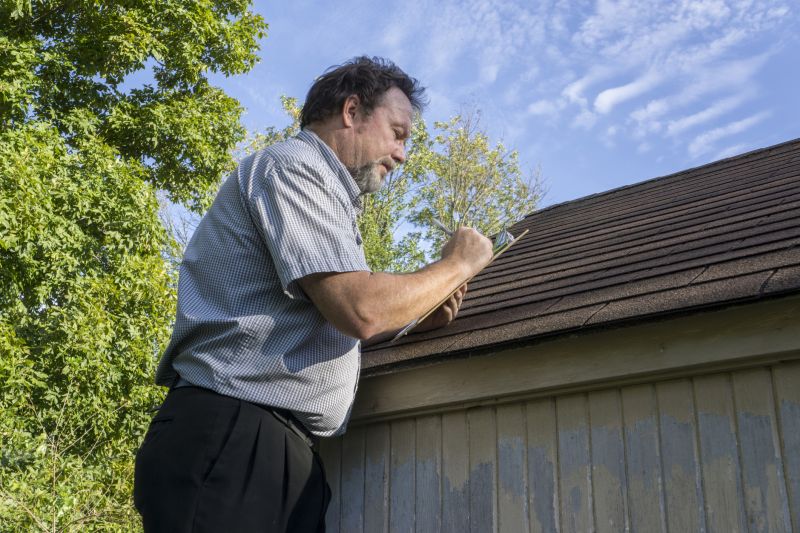
Spring inspections evaluate winter damage and prepare for the upcoming season.
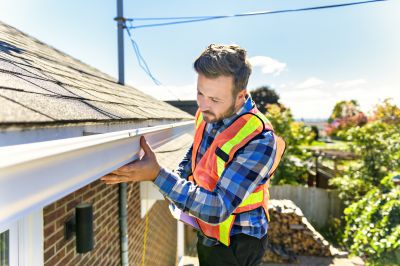
Fall inspections ensure the roof is ready for winter conditions.
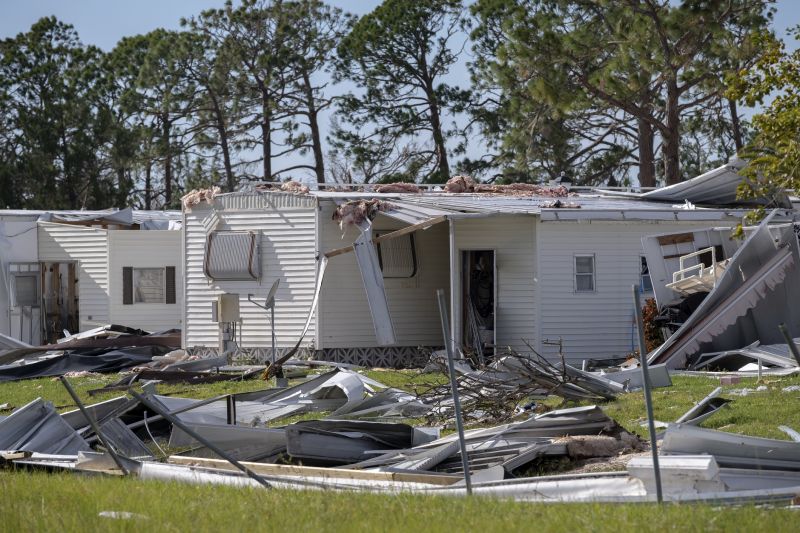
Assessing roof damage after storms helps prevent further issues.
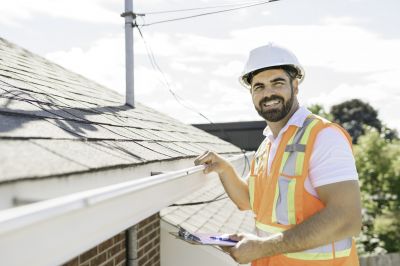
Ways to make Roof Inspection And Detection Service work in tight or awkward layouts.
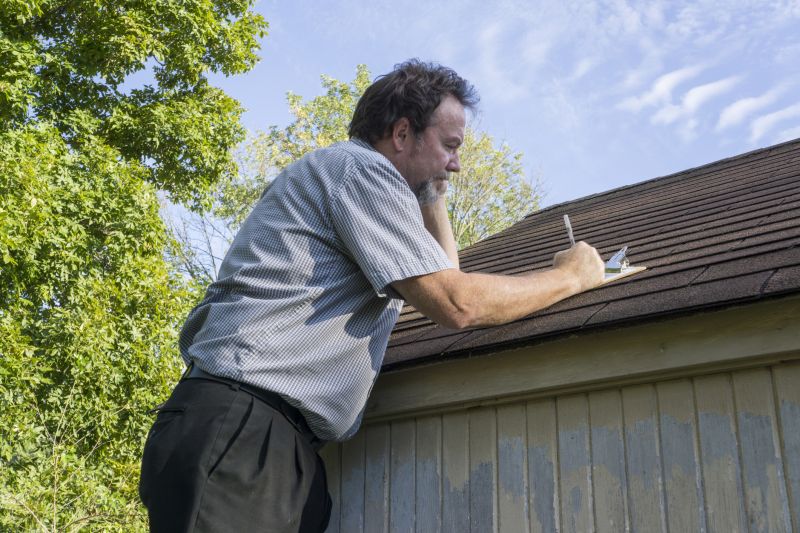
Popular materials for Roof Inspection And Detection Service and why they hold up over time.
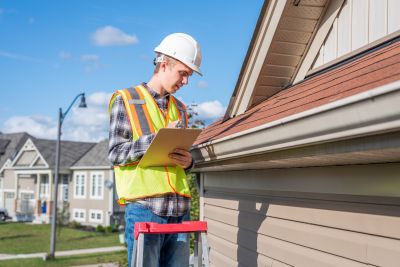
Simple add-ons that improve Roof Inspection And Detection Service without blowing the budget.
Roof inspection and detection services play a vital role in maintaining the structural integrity of a building. These services involve detailed examinations to identify damage, wear, or potential failure points. Regular inspections can uncover issues such as leaks, damaged shingles, or structural weaknesses before they escalate into major problems. According to industry data, early detection of roof issues can reduce repair costs by up to 50% and extend the lifespan of roofing materials.
Advanced detection techniques, including thermal imaging and drone inspections, provide comprehensive assessments of roof conditions. These methods enable inspectors to identify hidden problems like moisture intrusion or internal damage that are not visible to the naked eye. Implementing a routine inspection schedule is recommended to ensure ongoing roof health and to address minor issues proactively, ultimately saving time and money.
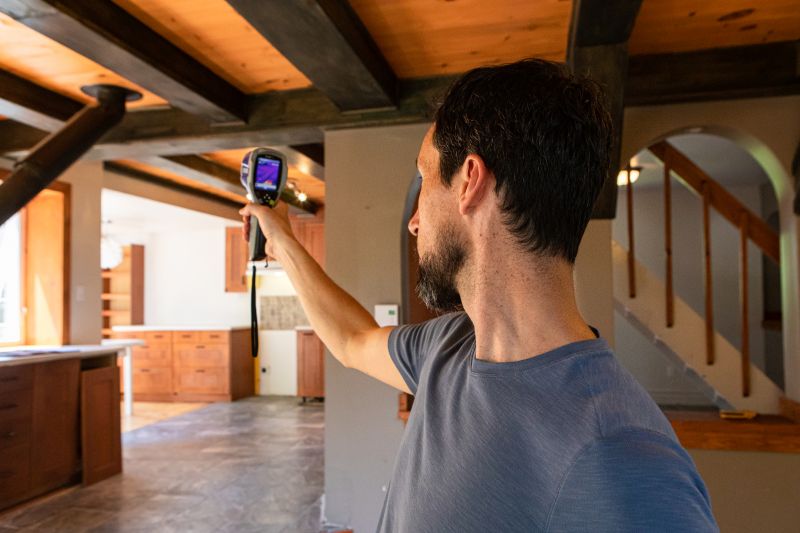
Thermal imaging detects moisture and heat anomalies indicative of underlying damage.
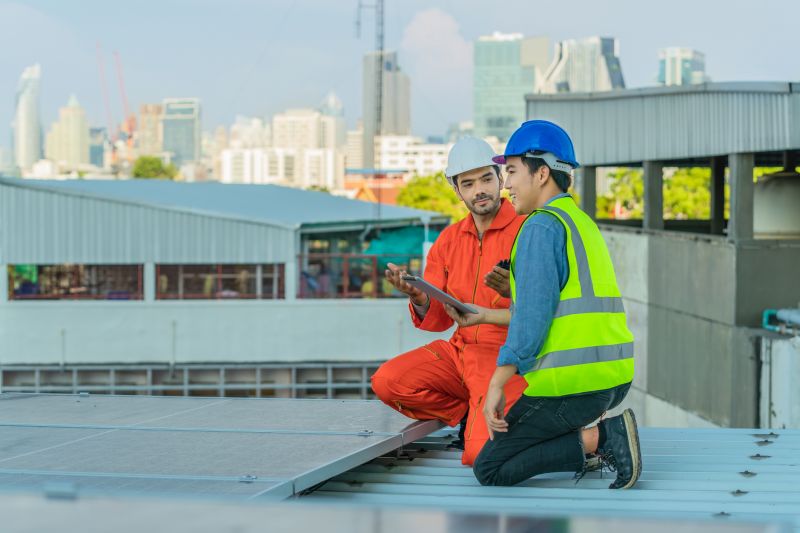
Drones provide detailed aerial views for hard-to-reach areas and comprehensive assessments.
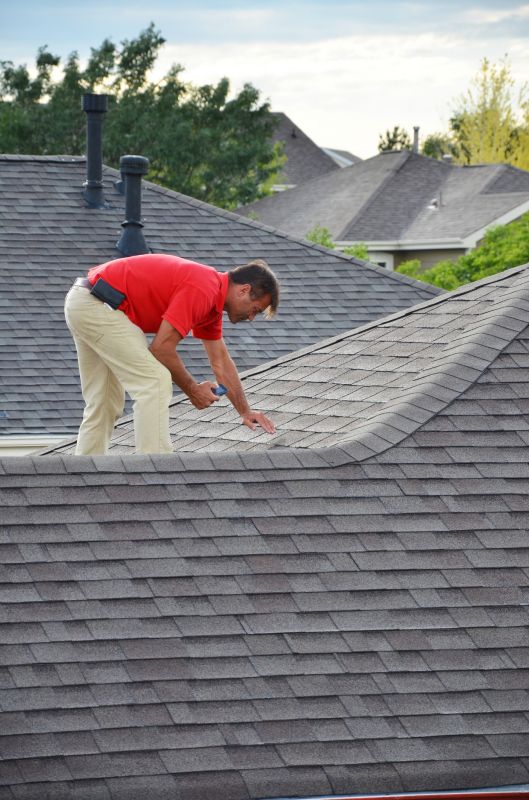
Traditional visual inspections are essential for detailed surface evaluations.
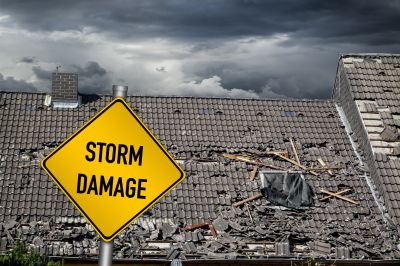
Assessing damage after severe weather helps prioritize repairs and maintenance.
| Season or Situation | Recommended Inspection Timing |
|---|---|
| Spring | Post-winter assessment to detect damage from snow and ice. |
| Fall | Before winter to ensure the roof is prepared for cold weather. |
| Post-Storm | Immediately after severe weather events for damage detection. |
| Routine | Bi-annual inspections for ongoing maintenance. |
| Emergency | Following any incident that could compromise roof integrity. |
| New Construction | During and after installation to verify quality. |
| Old Roofs | More frequent inspections to monitor aging and wear. |
Scheduling roof inspections at appropriate times maximizes their effectiveness. Regular assessments help identify minor issues early, preventing costly repairs and prolonging the roof's lifespan. Incorporating advanced detection methods enhances the accuracy of inspections, ensuring comprehensive evaluations. For those interested in maintaining roof health and preventing future problems, filling out the contact form can facilitate scheduling an inspection tailored to specific needs.
